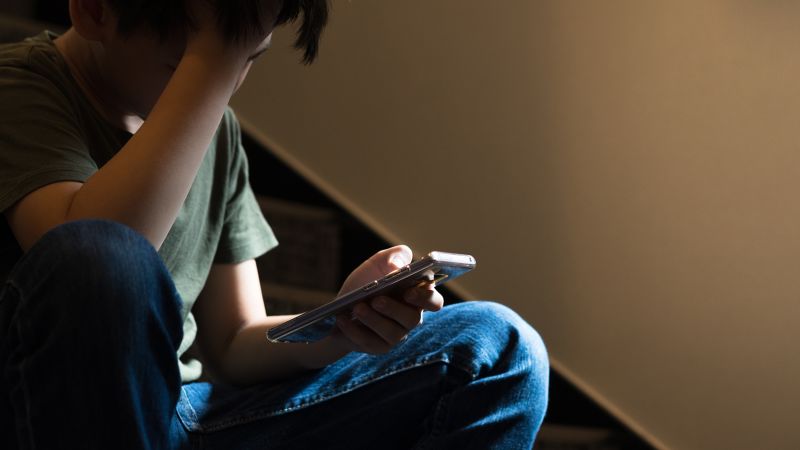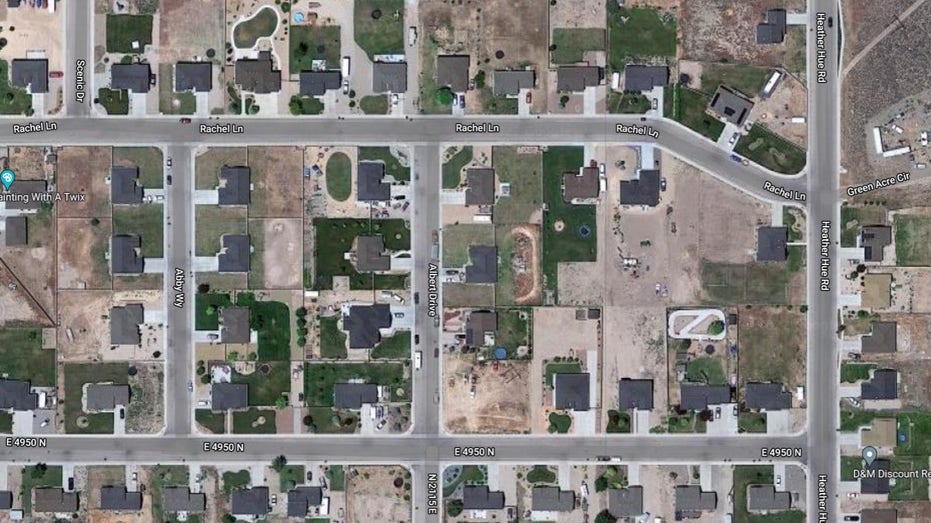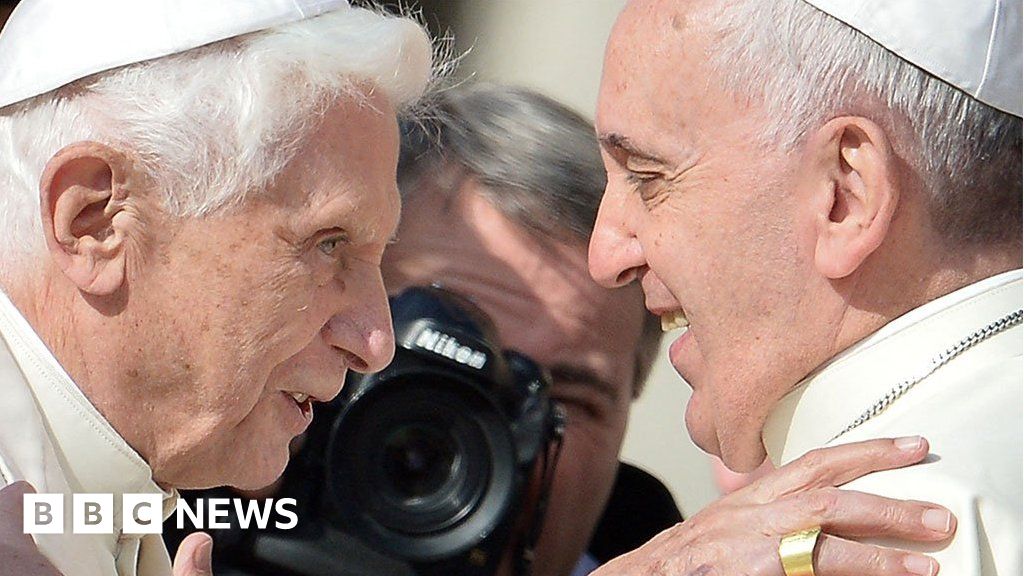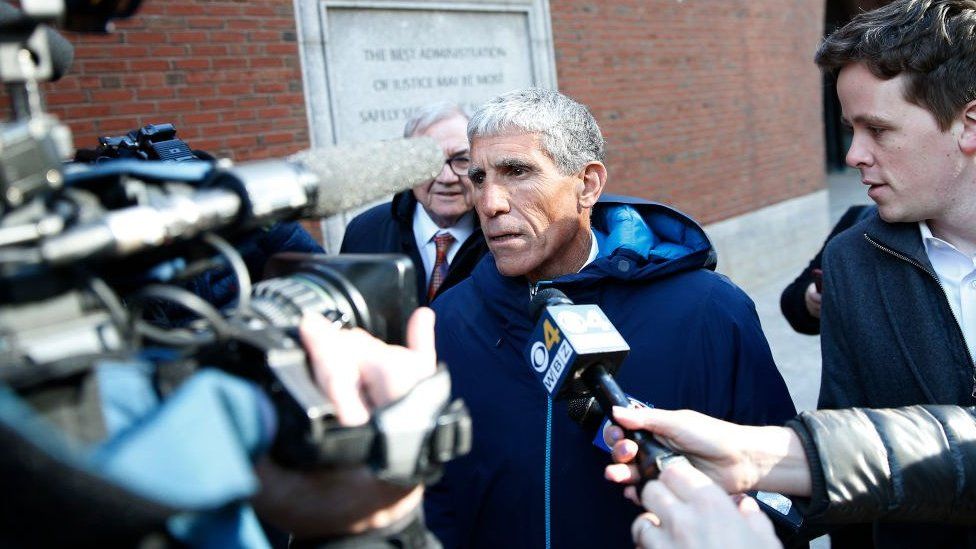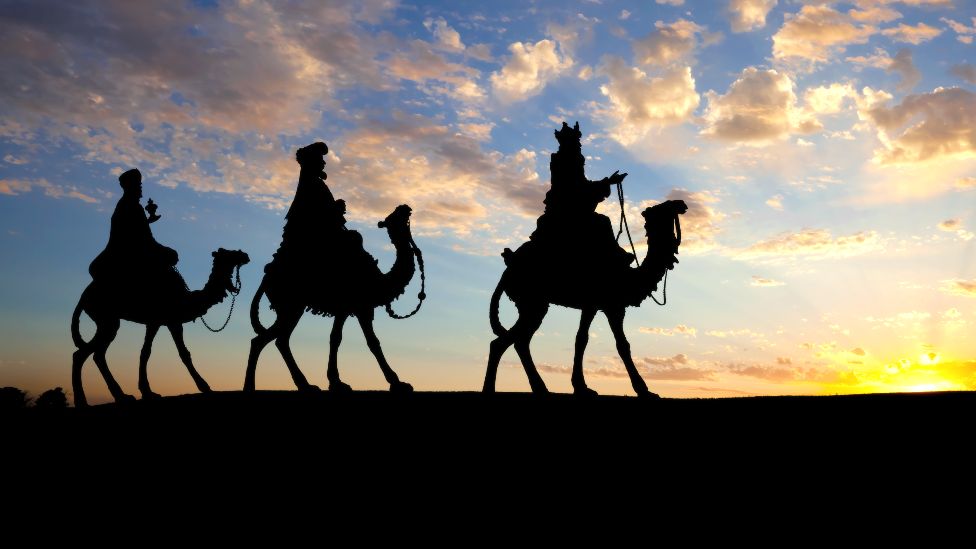Latest & Breaking News on Fox News
Twitter erupted after Rep. Lauren Boebert, R-Colo., called out former President Trump for telling her and some of her colleagues to “knock this off” and support Rep. Kevin McCarthy, R-Calif., for House Speaker on Wednesday.
“Even having my favorite president call us and tell us we need to knock this off, I think it actually needs to be reversed,” Boebert said as she nominated Rep. Byron Donalds, R-Fla., ahead of the fifth round of voting. “The president needs to tell Kevin McCarthy that sir, you do not have the votes, and it’s time to withdraw.”
McCarthy needs 218 Republican votes to become Speaker, however, he remains stuck at 201 votes after the fifth round of voting. Twenty House Republicans voted for Donalds.
McCarthy told reporters on Tuesday after a contentious meeting with members of his party that the intends to become Speaker of the House.
HOUSE FREEDOM CAUCUS NOMINATES BYRON DONALDS FOR HOUSE SPEAKER
“I’m not going anywhere,” he said. “We did have an intense conference, and it’s intense for a purpose.”
“Lauren Boebert calling out Donald Trump on the House floor was not on my 2023 bingo card,” Rep. Ritchie Torres, D-N.Y., wrote on Twitter.
Politico’s Olivia Beavers said Boebert’s comments on Trump got a loud reaction from Democrats.
“This got a loud reaction from Dems, who ooh’ed,” she said in a thread about the congresswoman’s nomination speech.
MCCARTHY LOSES HOUSE SPEAKERSHIP IN 4TH ROUND, SPLITTING VOTES WITH JEFFRIES, DONALDS
9News Denver host Kyle Cark wrote that Boebert’s open defiance of Trump and “giving him instructions” was an “interesting turn.”
“Boebert got into Congress by primarying Trump’s Colorado campaign co-chair, GOP Rep Scott Tipton, and promising even greater loyalty to Trump,” he added.
“Lauren Boebert getting a lot of points from me for sticking to her guns. Good for her,” author Karlyn Borysenko wrote.
“Trump is sequestered at Mar-a-Lago with his influence diminishing by the day,” MSNBC analyst Cristobal Alex tweeted.
Democrat strategist Sawyer Hackett asked why the GOP lawmaker wasn’t nominating Trump for speaker.
Democratic pollster and strategist Matt McDermott responded to Boebert’s decision to call out Trump with a gif of “Late Show” host Stephen Colbert eating popcorn.
CBS’ Shawna Thomas reacted to the news with the eye emoji.
CLICK HERE TO GET THE FOX NEWS APP
Boebert told Fox News host Brett Baier that she didn’t support McCarthy for speaker because he rejected a “common sense” proposal
“We have been in negotiations with Kevin McCarthy since the summer. Unfortunately, in the summer when those negotiations began, we were not taken seriously because our votes didn’t seem to matter as much as they do in this slim majority now,” she told Baier during “Special Report” on Tuesday.


